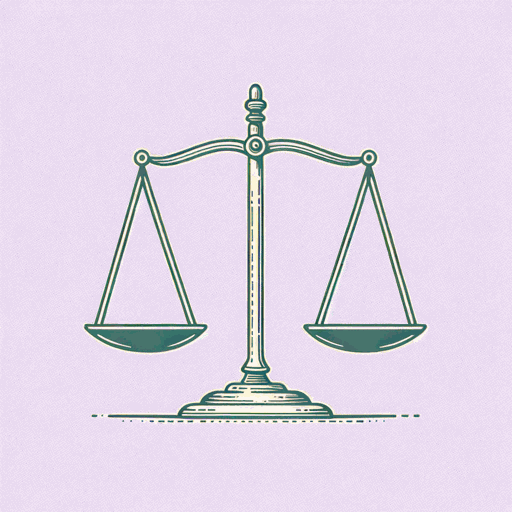83 pages • 2 hours read
Karl PolanyiThe Great Transformation
Nonfiction | Book | Adult | Published in 1944A modern alternative to SparkNotes and CliffsNotes, SuperSummary offers high-quality Study Guides with detailed chapter summaries and analysis of major themes, characters, and more.
Part 2, Section 1Chapter Summaries & Analyses
Part 2: “Rise and Fall of Market Economy”, Section 1: “Satanic Mill”
Chapter 3 Summary: “Habitation versus Improvement”
The Industrial Revolution improved tools of production while catastrophically dislocating citizenry. Liberal economists blindly accepted the changes in economic improvement without stopping to ask the costs of this improvement. Change must be slowed down to safeguard community welfare, but in the 19th century, utilitarianism combined with economic improvement to mangle the masses:“Economic liberalism misread the history of the Industrial Revolution because it insisted on judging social events from the economic viewpoint” (35-36).
Polanyi references the enclosures and conversions of arable land to pastures as an example. Apart from one another, neither of these things negatively affected the common people, as they provided jobs; however, together they essentially evicted poor residents from their homes as rich people worked to profit. Polanyi states that “[e]nclosures have appropriately been called a revolution of the rich against the poor” (37), often resulting in intimidation if not outright violence. The rich disrupted the social fabric by tearing down houses of the poor, creating unemployment and homelessness. The King, among others, often found himself on the side of the community against the wealthy, who wanted enclosure. More and more lands were enclosed, and anti-enclosure nobles were executed for their beliefs. Most 19th- century historians favored the progress of the enclosure lords and criticized those who they deemed reactionary.

